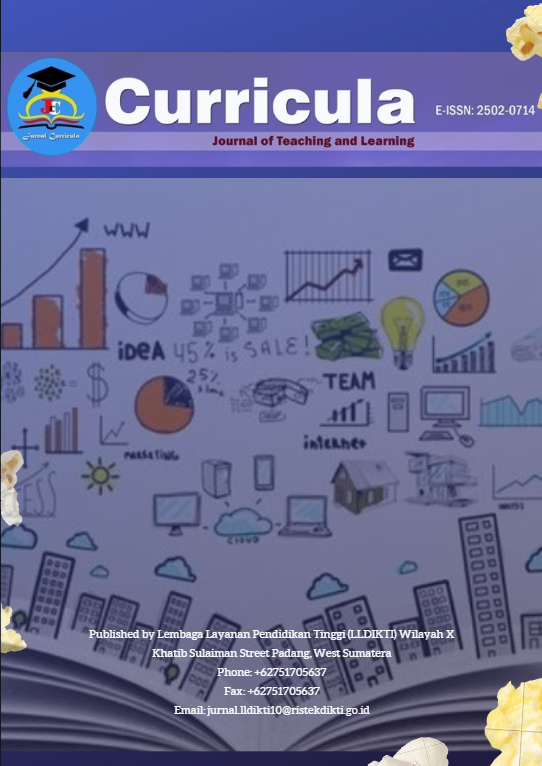AN ERROR ANALYSIS OF HANYU PINYIN WRITING AMONG PHARMACY STUDENTS PODCAST LISTENING
Keywords:
error, hanyu pinyin, podcast, listening, writingAbstract
Hanyu Pinyin is an aid for reading Mandarin characters (汉字 or hànzì), where Mandarin characters consist of three parts: 21 consonants (声母 or shēngmǔ), 35 finals (韵母or yùnmǔ), and 4 tones (声调 or shēngdiào). These have a different language concept compared to Bahasa Indonesia. One example of a language difference is found in the final in Mandarin. Certainly, in Bahasa Indonesia, the vowel [ü] is never encountered, while, in Mandarin, the vowel [ü] is pronounced similar to articulating the vowel [i], but the mouth shape resembles the regular [u] vowel in Bahasa Indonesia. That's why this research aims to analyze errors in Hanyu Pinyin writing due to the difference in language background between the native language and the foreign language (Mandarin). With the language background difference, the researchers will select pharmacy students as subjects who are still unfamiliar with Mandarin, where errors will be found and could be identified. The results of this research indicate that students encounter many difficulties due to challenges in distinguishing between Mandarin language concepts and Indonesian language concepts. So that, another objective of this research is to investigate errors using Mandarin podcast media, which is rarely utilized by other researchers. Because communication in Mandarin involves long sentences rather than communicating word by word. Thus, the researchers aim to understand the language proficiency of subjects when listening to long sentences in Mandarin at the same speaking speed.
Downloads
Published
How to Cite
Issue
Section
License
Copyright (c) 2023 Meli Pangestu, Yohana Nirmalasari

This work is licensed under a Creative Commons Attribution-NonCommercial-ShareAlike 4.0 International License.










